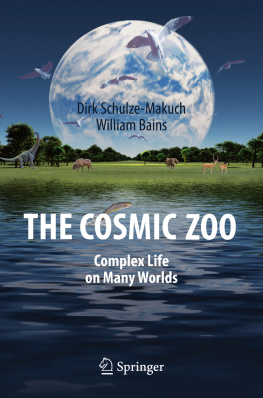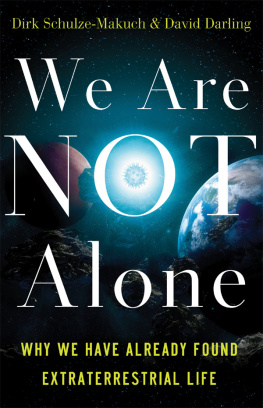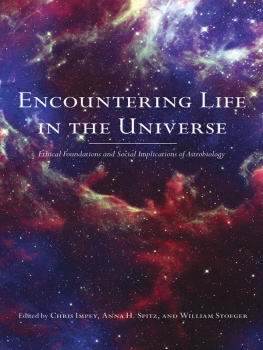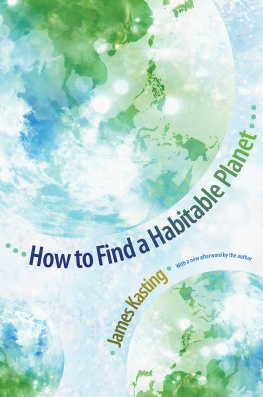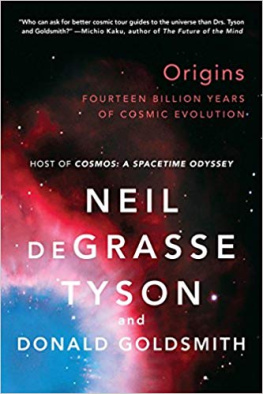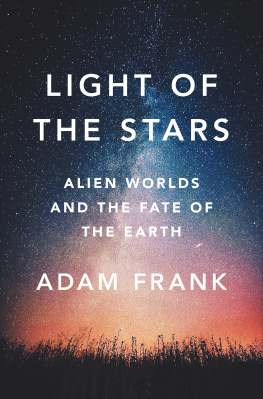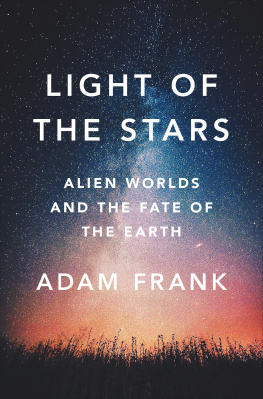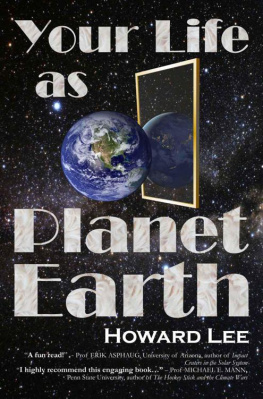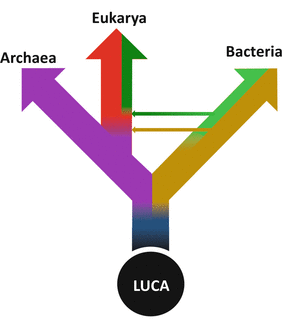1. The Cosmic Zoo Hypothesis and the Evolutionary Tool Set
In this book, we will argue that the evolution of complex life is highly likely in any stable, sufficiently extensive environment once life originated on a planetary body.
Complex life on Earth are the true ( obligate ) multicellular lifeforms, particularly members of the kingdoms Plantae (plants), Fungi (the yeasts and funguses) and Animalia (animals) (Box ). Being made of many, specialist cells is the hallmark of this sort of advanced, complex life . If stable habitable rocky planets are rare, then complex life is rare in the Universe. If the origin of life on those planets is extremely rare, then life is very rare and we live in a rather Empty Universe . However, if the origin of life is common and habitable rocky planets are abundant then life is common, and we live in a Cosmic Zoo . Recent research successes in the detection of exoplanets seem strongly to indicate that rocky planets are common. Not all are suitable for complex life . Some cannot support life at all. Some may only be able to support simple life; complex life needs a large habitable volume, and there has to be a lot of life on the planet (technically, a large total biomass). The environment has to be stable (although environmental parameters such as temperature might not have to be as tightly constrained for complex life as we observe it from Earth). But within these cosmic constraints, our hypothesis is that all major transitions or key innovations of life toward higher complexity will be achieved by a sufficient large biosphere in a semi-stable habitat given enough time.
There are only two transitions of which we have little insight and much speculationthe origin of life itself, and the origin (or survival) of technological intelligence. Either one of these could explain the Fermi Paradox why we have not discovered (yet) any sign of technologically advanced life in the Universe. The final test of our hypothesis will be when our space faring and remote sensing abilities allow us to explore other planets and moons beyond our Solar System and detect possible biospheres on them, which would be one of the grandest achievements of our species.
Box 1.1 Major Branches of Life
All life on Earth shares a common chemical basis, and so is believed to have evolved from a common ancestor, called the Last Common Ancestor (LCA ) or sometimes the Last Universal Common Ancestor (LUCA).
The LCA or LUCA probably dates from near the origin of life, but we do not know for sure. The LCA may not have been alone on the Earth, but we have not found any descendents of other life-forms from that era. The LCA was a relatively simple unicellular organism. Its descendents evolved into two different groups, the archaea and the eubacteria (often just called bacteria ). One group of archaea were probably the ancestors of the third group of organisms, the eukaryotesorganisms whose cells have nuclei and mitochondria or their derivatives. Close to or at the origin of the eukaryotes the ancestoral cell engulfed an alphaproteobacterium (brown left arrow), which became the mitochondria . One group of bacteria evolved the capability of using the Suns light to capture CO2 and produce oxygen as wastethese were the ancestors of the cyanobacteria (green). One of these was captured by a eukaryote (green left arrow) and formed the ancestor of the chloroplast in todays green plants. Note that many of the transitions are not well-defined stepswe do not know the order or timing of many of these events.
1.1 Modeling the Transitions of Life
After roughly 4 billion years of evolution, one species (us) that is intelligent and that uses technology has appeared. The evolution of complex animal life on Earth is the result of a number of major steps at which life has acquired new capabilities, and several of these steps or major transitions have been identified. These major transitions have occurred spread out over geological time and were linked to the specific environmental conditions that the life form was exposed to. Our goal is to explore how probable each of these key innovations is, and hence how likely it is that the same transition might occur on other worlds.
To do this, we have a simple approach. We suggest that there are three classes of explanations for a major transition or key innovation in the history of life, based simply on how they occur:
The Critical Path Model . Each transition requires preconditions that take time to develop. However the time is (at least mostly) determined by the transition and the underlying nature of the planet, and so once the necessary preconditions exist on the planet then the transition will occur in a well-defined timescale. It is like filling up a bath tub; once you turn on the taps, the bath will fill up. It just takes time.
The Random Walk Model . Each transition is highly unlikely to occur in a specific time step, and the likelihood does not change (substantially) with time. This may be because the event requires a highly improbable event to occur, or a number of highly improbably steps. So substantial time has to elapse before the transition occurs by chance. Once life exists on a planet, ultimately the key innovation will occur, but when it occurs is up to chance, and whether it occurs before the planet runs out of time and becomes uninhabitable is not knowable. It is like having to throw a certain number of 6s in a row with a dice; it may or may not happen in the allowed time.
The Many Paths Model . Each transition or key innovation requires many random events to create a complex new function, but many combinations of these can generate the same functional output, even though the genetic or anatomical details of the different outputs are not the same. So once life exists the chance that the transition will occur in a given time period is high, but the exact time is not knowable. It is like getting a good hand in poker; the chance of getting a particular hand is tiny, but there are many different good hands, and you can be confident that you will get one every now and again.
Each of these may also fall into a fourth category, which we name a Pulling Up The Ladder Event. In this class of explanation, an innovation is likely (either because it is a Critical Path or a Many Paths process), but the results of the innovation destroy the preconditions for its own occurrence. The new organisms pull up the ladder after themselves. We argue that the major transitions of life can be explained with this tool set to a large degree.
An example of the Critical Path model might be one of the explanations given for the appearance of diverse hard-shelled animals on the Earth about 541 million years ago, commonly referred to as the Cambrian Explosion . The argument (which we will return to in Chap. ), says that animals need oxygen to help power their high-energy metabolism . The bacterial precursors of plants had been making oxygen for over a billion years before animals appeared. But all that oxygen was consumed by the rocks on the surface of the Earth and volcanic gases coming from its interior through volcanoes. Only when those rocks were all completely oxidized and could absorb no more oxygen could oxygen gas start to build up in the atmosphere . Thus a long time had to pass between the evolution of oxygen-producing photosynthesis and the appearance of animal life. Once oxygenic photosynthesis had appeared, the appearance of animals was highly likely, but only after a long delay.

